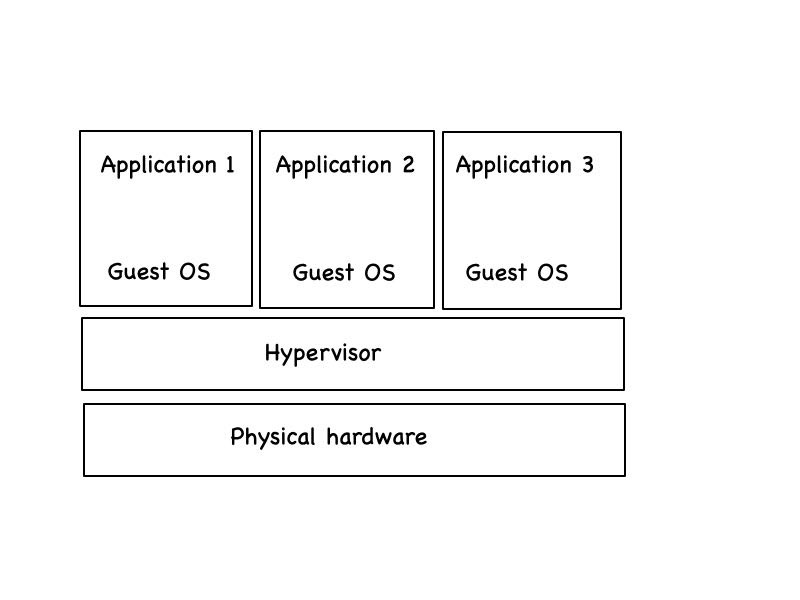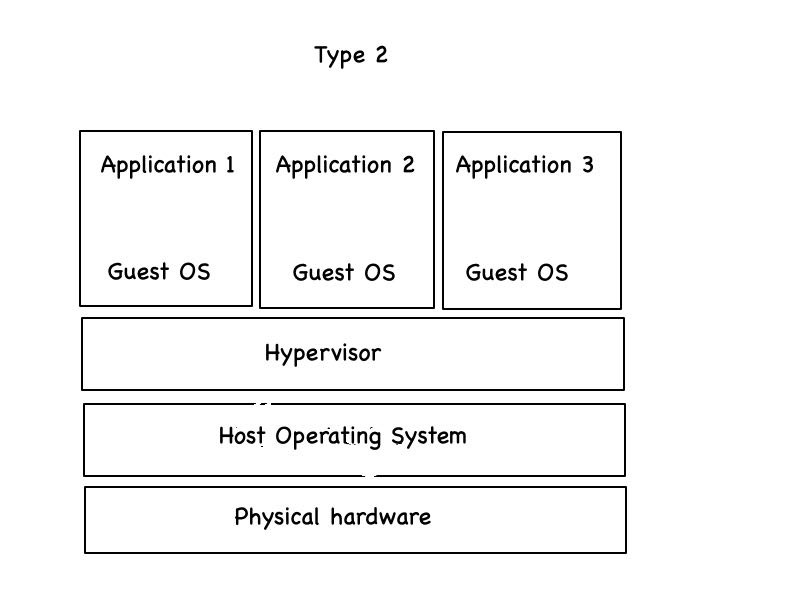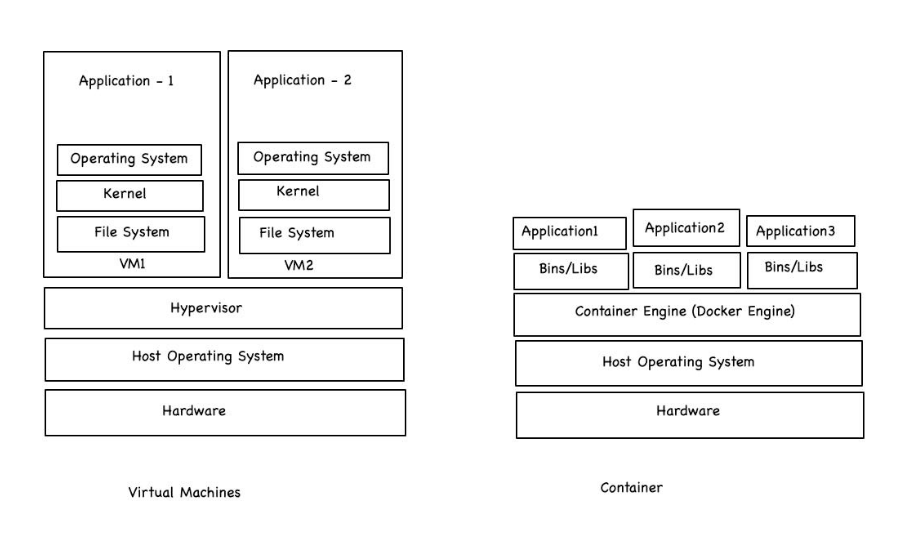VMs vs Containers
by
Understanding Virtual Machines (VMs) and Containers
Objective
Understanding the differences between Virtual Machines (VMs) and Containers is essential when choosing the right technology for hosting your application. Both technologies are used for deploying applications in production, but they work in different ways. This is important for both developers and companies, especially as many industries, including tech, finance, and e-commerce, move to containerize their applications for better flexibility and scalability.
What is a Virtual Machine (VM)?
A Virtual Machine is like a simulated computer inside your physical computer. It allows you to run multiple operating systems on a single physical computer. For example, you can run Windows on your computer while also running Linux at the same time.
VMs use a special software layer called a hypervisor to manage these virtual environments. The hypervisor acts as a bridge between the virtual machines and the physical hardware of the computer, making sure that each virtual machine has its own dedicated resources like CPU, memory, and storage.
How Does a Virtual Machine Work?
- Imagine a physical computer that you want to divide into several smaller virtual computers.
- The hypervisor is a small software layer that manages the virtualization. It runs on top of the physical computer and divides its resources (CPU, memory, storage) into multiple virtual machines.
- Each virtual machine runs its own operating system and behaves like a completely independent computer.
Why Use VMs?
VMs are useful because they allow you to run different operating systems on the same physical machine. However, VMs can be resource-heavy because they require an entire operating system to run on top of the physical hardware.
 |
 |
What is a Container?
A Container is a way to package an application and everything it needs to run, including its code, libraries, and settings, into a single, lightweight unit. Containers use operating system (OS) virtualization, meaning they share the same operating system kernel but run in isolated environments.
Why Containers?
Containers are a more lightweight and faster way to handle virtualization compared to VMs. They don’t need a hypervisor and are more efficient because they share the host operating system’s resources.
Containers are designed to run a single application or microservice along with all its dependencies (libraries, frameworks, etc.). This makes it easier to run applications consistently across different environments (e.g., a developer’s computer, an on-premises server, or in the cloud).
Benefits of Containers
- Lightweight: Containers don’t require the entire operating system to run. They only include the necessary components (such as binaries and libraries).
- Faster Startup: Since containers don’t need to boot an entire operating system like VMs, they start up much faster.
- Portability: Containers can run anywhere—on your local computer, a data center, or in the cloud.
Containers vs Virtual Machines
Key Differences
- VMs run a complete operating system, which makes them heavier and slower to start.
- Containers are much lighter and faster, as they only contain the application and its dependencies, sharing the host operating system.

Here’s a simple comparison:
| Feature | Virtual Machines | Containers |
|---|---|---|
| Size | Large; includes a full operating system | Small; only includes necessary binaries and libraries |
| Resource Usage | Requires more resources (CPU, memory, storage) | More efficient; shares OS resources |
| Speed | Slower startup time | Faster startup time |
| Isolation | Fully isolated with its own OS | Shares OS kernel but isolated at the process level |
| Operating System | Runs a full operating system including the kernel (CPU, memory, and storage), using more system resources. | Runs the user-mode portion of an operating system, using fewer resources. |
| Deployment | VMs are deployed using Hyper-V Manager for individual VMs. | Containers are deployed using Docker from the command line, and multiple containers can be deployed with an orchestrator like Kubernetes. |
| Load Balancing | VM load balancing moves VMs to other servers in a failover cluster. | Containers don’t move themselves. Instead, an orchestrator like Kubernetes can automatically start or stop containers to balance load and availability. |
| Fault Tolerance | If a VM fails, it can be moved to another server in a cluster, and the VM’s OS will restart on the new server. | If a cluster node fails, the orchestrator quickly recreates any affected containers on another node. |
| Networking | VMs use virtual network adapters. | Containers use a simpler virtual network adapter, which shares the host’s firewall and uses fewer resources. |
Conclusion
Although Virtual Machines are still useful for certain legacy applications, Containers provide better flexibility and portability, especially for modern microservice applications. Developers may not always know where their applications will run in the future—today they might be deployed on-premises, but tomorrow they could be running on a public cloud. Containers make it easy to move your application across different environments without needing significant changes.
Why Use Containers?
- Flexibility: You can easily move applications between different platforms, whether on-premises or in the cloud.
- Automation: Containers are ideal for DevOps workflows, including continuous integration (CI) and continuous delivery (CD).
- Portability: Since containers package everything an app needs to run, they ensure consistency across development, testing, and production environments.
By understanding the differences between VMs and Containers, you can choose the right solution to ensure your applications are scalable, efficient, and easy to manage.
tags: